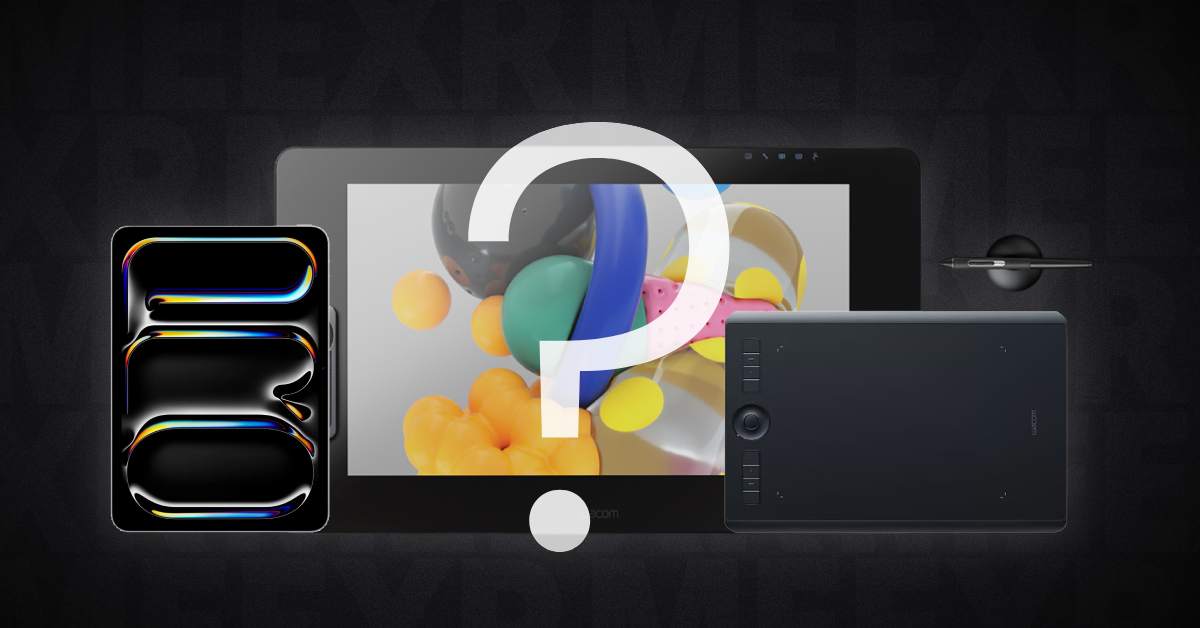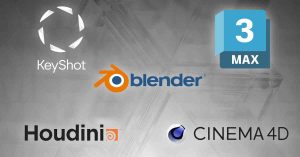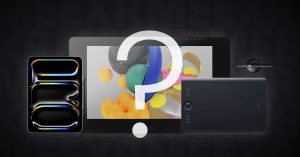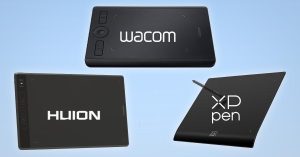When choosing a drawing device, artists often consider the iPad Pro, Wacom Cintiq, and Wacom Intuos. Each has unique features and benefits that cater to different needs.
iPad Pro
The iPad Pro stands out for its portability and versatility. Running on iPadOS, it offers access to various apps like Procreate and Adobe Fresco, making it a solid choice for mobile artistry. The Apple Pencil provides a natural drawing experience, and the device can serve as a sidecar for a Mac, allowing you to interact with 3D software like ZBrush indirectly. However, it may not handle high-demand software natively and has a smaller screen compared to the other options.
Wacom Cintiq
The Wacom Cintiq is known for its professional-grade features. With its large, high-resolution screen and superior color accuracy, it’s ideal for detailed and precise work. It supports pressure sensitivity and tilt functionality, making it a favorite among professionals. However, it requires a connection to a computer and is often seen as a significant investment.
Wacom Intuos
The Wacom Intuos offers a more affordable entry into digital drawing. It connects to a computer and provides a responsive drawing experience with pressure sensitivity. While it lacks a built-in screen, making it necessary to look at a monitor while drawing, it’s a versatile and budget-friendly choice for many artists.
3D Software on iPad
For 3D work, the iPad offers several apps. Nomad Sculpt and Forger are popular choices for 3D sculpting, while Shapr3D is a great tool for architectural design. Although these apps provide impressive capabilities, they don’t fully match the depth of desktop software.
Upcoming Developments
Excitingly, ZBrush has announced a version for the iPad, expected in 2024. This will likely include a new UI tailored for the iPad’s interface, expanding the possibilities for mobile 3D sculpting.
Conclusion
In summary, each device has its own set of advantages, whether it’s the iPad Pro’s portability, the Cintiq’s professional features, or the Intuos’s affordability. Artists should choose based on their specific needs, including the type of software they use and their preferred work setup.





